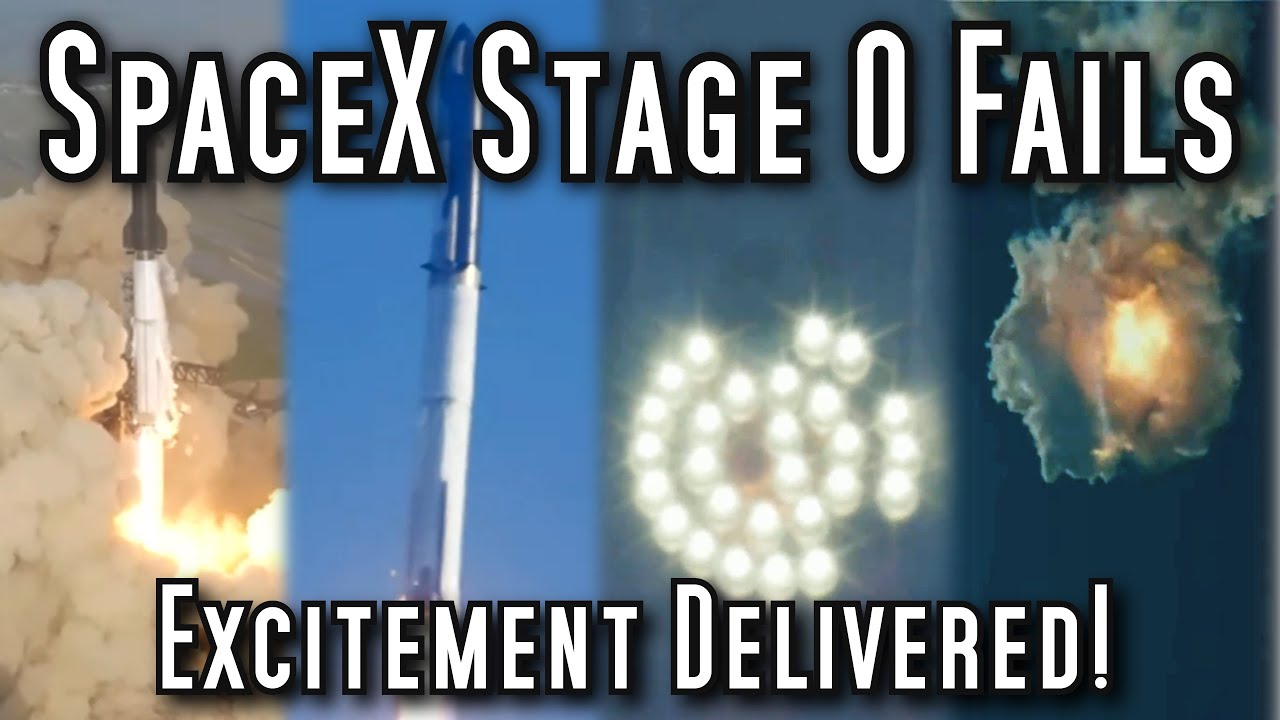Spacex's Massive Rocket Explodes Due To Rapid Unscheduled Digging
Unleash Your Creative Genius with MuseMind: Your AI-Powered Content Creation Copilot. Try now! 🚀
Introduction
In an event that kept space enthusiasts on the edge of their seats, SpaceX recently launched the largest rocket ever, known as Starship. While the rocket didn't make it to space, it did manage to dig deeper than its predecessors, leaving everyone in awe. As I watched the event unfold, my excitement knew no bounds. Little did I know that this launch would turn out to be nothing short of a spectacle.
Stage Zero: A Concrete Conundrum
The first area of concern that SpaceX will need to address is stage zero. This is the part of the rocket that holds it vertically, fuels it, and ultimately catches it. However, there have been issues with the concrete beneath the engines, causing it to break under the tremendous force. While it is common for launch systems to have flame diverters or water suppression systems for protection, SpaceX has been trying to avoid such measures, especially if they plan to build a rocket that can land on Mars. Unfortunately, this gamble proved to be a mistake.
Debris and Damage: The Fallout
As the Starship took off, missing engines became a glaring problem. The rocket seemed to be losing control, and the clock indicating ignition and takeoff was off. It was as if the trajectory had gone haywire. The engines themselves showed signs of failure, with flashes of engine flames suggesting that something was amiss. Furthermore, debris from the rocket caused damage to the ground equipment, and some may have even hit the rocket itself, further exacerbating the situation.
A Tumultuous Flight
With the rocket losing control, it became evident that it was struggling to maintain stability. The rocket's structure remained intact, but its inability to accelerate properly resulted in an altered trajectory. Instead of reaching the planned separation altitude, the rocket fell back to Earth, accelerating as it entered a denser atmosphere. This second Max Q event caused a structural failure, leading to the activation of the flight termination system.
Lessons Learned and Future Endeavors
While the launch of Starship may not have been the success SpaceX was hoping for, valuable data and telemetry were gathered during the event. This data will undoubtedly inform future improvements and modifications to the rocket. Stage zero, in particular, will require significant attention and civil engineering to resolve the concrete issues. Despite the setback, SpaceX remains determined to continue pushing the boundaries of space exploration.
Conclusion
The launch of SpaceX's Starship may not have gone according to plan, but it undeniably captured the attention of millions. As the dust settles and the debris is retrieved, SpaceX will learn from this experience and emerge stronger. Space exploration is a challenging endeavor, and setbacks are to be expected. What matters is the resilience and determination to overcome these challenges and continue reaching for the stars.

Related Recaps
- Dr Gabor Maté | Authenticity Can Heal Trauma (Part 2)
- Futurama - Leela's Bazooms
- Simon Jordan outlines how SIGNIFICANT it was for Arsenal to BEAT Newcastle at St James’ Park 👏🔥
- Kevin Nealon Extended Interview | The Jennifer Hudson Show
- Priyanka Chopra on ‘Citadel,’ a day in her life, TODAY digital cover